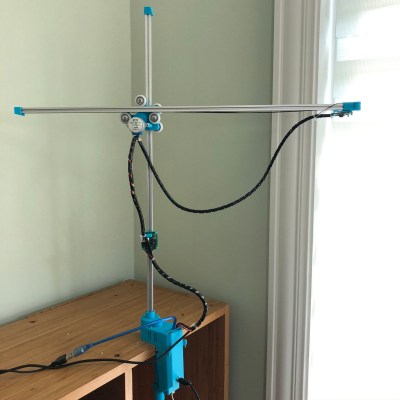Tickets for the Hackaday Remoticon are now available and there’s one big addition this year: Shirts!
As you have doubtless heard, the Supercon is on hold for one more year, so we’re doing Remoticon round two. And aside from missing the direct human contact, our conference t-shirt drawer is getting a little empty. While we can’t fix the global pandemic, we can fix the latter problem with this eye-catching design, the latest in a long line of art created by Aleksandar Bradic for Hackaday Conferences.
Remoticon will kick off on Friday, November 19th with some new social shenanigans. All day Saturday we’ll present talks, capped off by the Hackaday Prize Ceremony and a party that evening. Keep your eyes peeled for more info, but grab your ticket today and block off your calendar.
Attendance is free, and your registering early helps us plan our infrastructure to handle the crowd. If you want a t-shirt, you can order one at the same time for $25. Shipping for people in the US is included, but because of the realities of postal costs, shipping will be $10 for those everywhere else in the world.
We’re also still looking for more great talks! The Call for Proposals is open until October 14th. Don’t sit on the sidelines, do your Hackaday duty and give a talk about something that interests you. There’s a critical mass of other geeks into the same stuff that will delight in hearing from you! Come join us.
Continue reading “Hackaday Remoticon: Tickets And T-Shirts!”


















